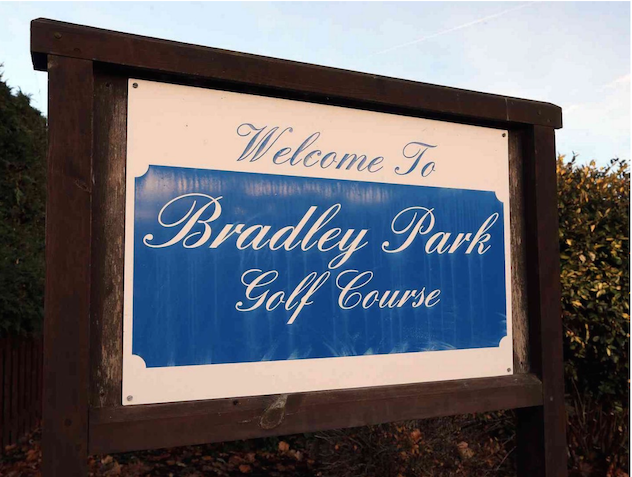News
Latest > Loch Lomond pays off the bank
Jan 23rd, 2016
Loch Lomond pays off the bank
But still owes £36 million
Words: John Dean Photography: Getty Images

Loch Lomond - Strictly no riff raff.
Loch Lomond has always had the reputation of being one of the most exclusive golf clubs in the world, and is said to charge a joining fee of £70,000.
Now that Wentworth is upping their joining fee anti to £100,000 they may have to reassess that. But in the meantime, it looks like to club has now managed to pay off their massive bank loans.
The club got into trouble in the financial crash, and at one stage owed £132 million to Barclays. In 2008 alone, it posted a loss of £45 million. Its members bought out the club in 2011.
But the golf club still reportedly owes its Cayman Islands-based parent company nearly £36 million.
The Herald in Scotland reports: ‘Its latest accounts posted at Companies House show the club patronised by wealthy celebrities and professionals still owes £35.6m to Loch Lomond Golf Members Club, the entity set up to relaunch the club, which is registered in the Cayman Islands and said to be owned by members.
‘The debt to the parent has risen by £1.4m, though the club managed to repay the bank £1.2m in 2014. That leaves £2.2m.’ That final amount was due to be repaid by the end of December.
‘Total debt came down from £36.3m to £35.8m, while the shareholder deficit widened from £6.5m to £7.6m,’ reported the paper.
‘However the club managed a sharp improvement in its underlying operating position, lifting its core trading profit from £323,455 to £525,449. Turnover climbed to £9.17m from £8.44m and average monthly staff numbers rose from 182 to 185.
‘The operating loss was cut from £1.28m to £1.05m and the pre-tax loss from £1.45m to £1.15m, after the continuing annual deduction of just over £1m for amortisation of goodwill.’
The directors confirmed: ‘the membership base has grown through both member referrals and by introductions made by key business partners to prospective international members.
‘Other than a low level of hire purchase financing all remaining long-term liabilities are in the form of debt due to the parent company.’
It would seem that they are in the clear for the time being, but it would seem that they have had to rowed back hard to get themselves out of what was a very deep hole. Then again, with its membership, there was always going to be a lifeline out there.
 Loch Lomond in wealthier times.
Loch Lomond in wealthier times.
At the other end of the scale it's time to save Bradley Park Golf Course. Click here to read more.

